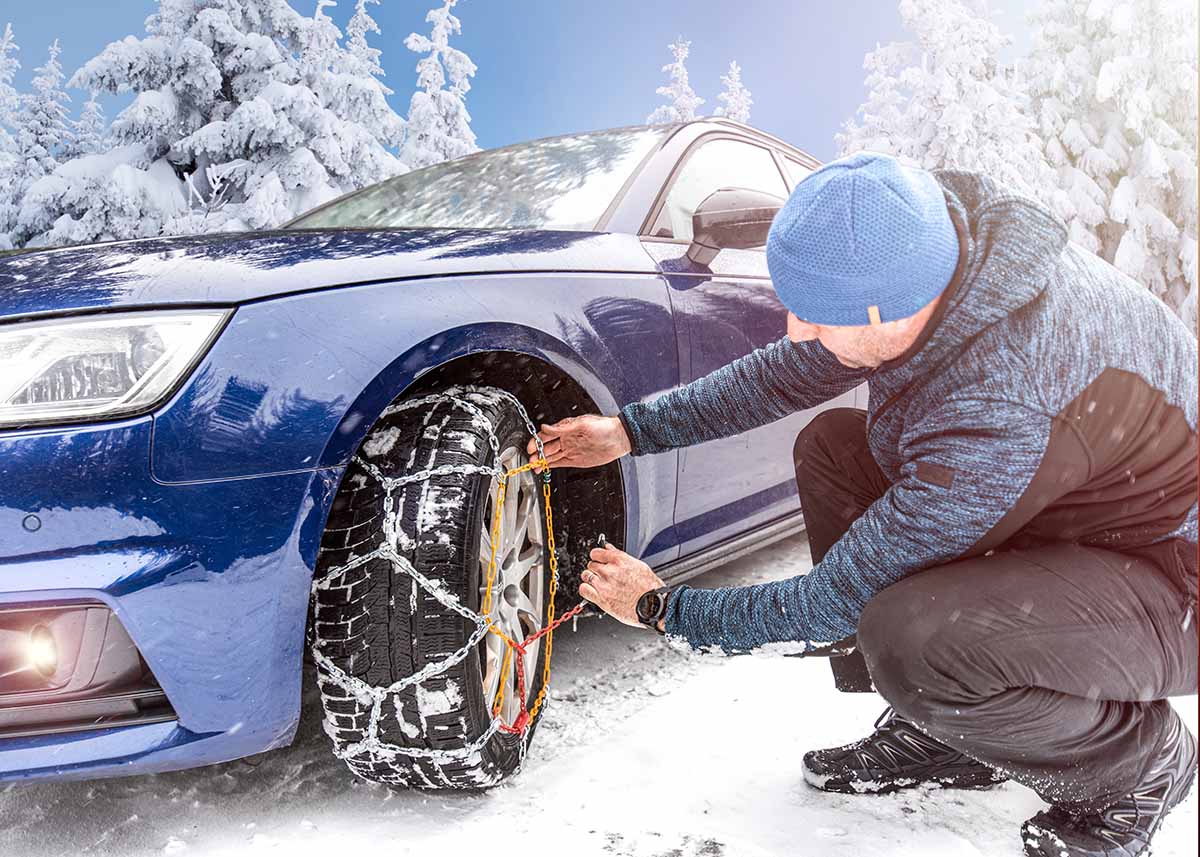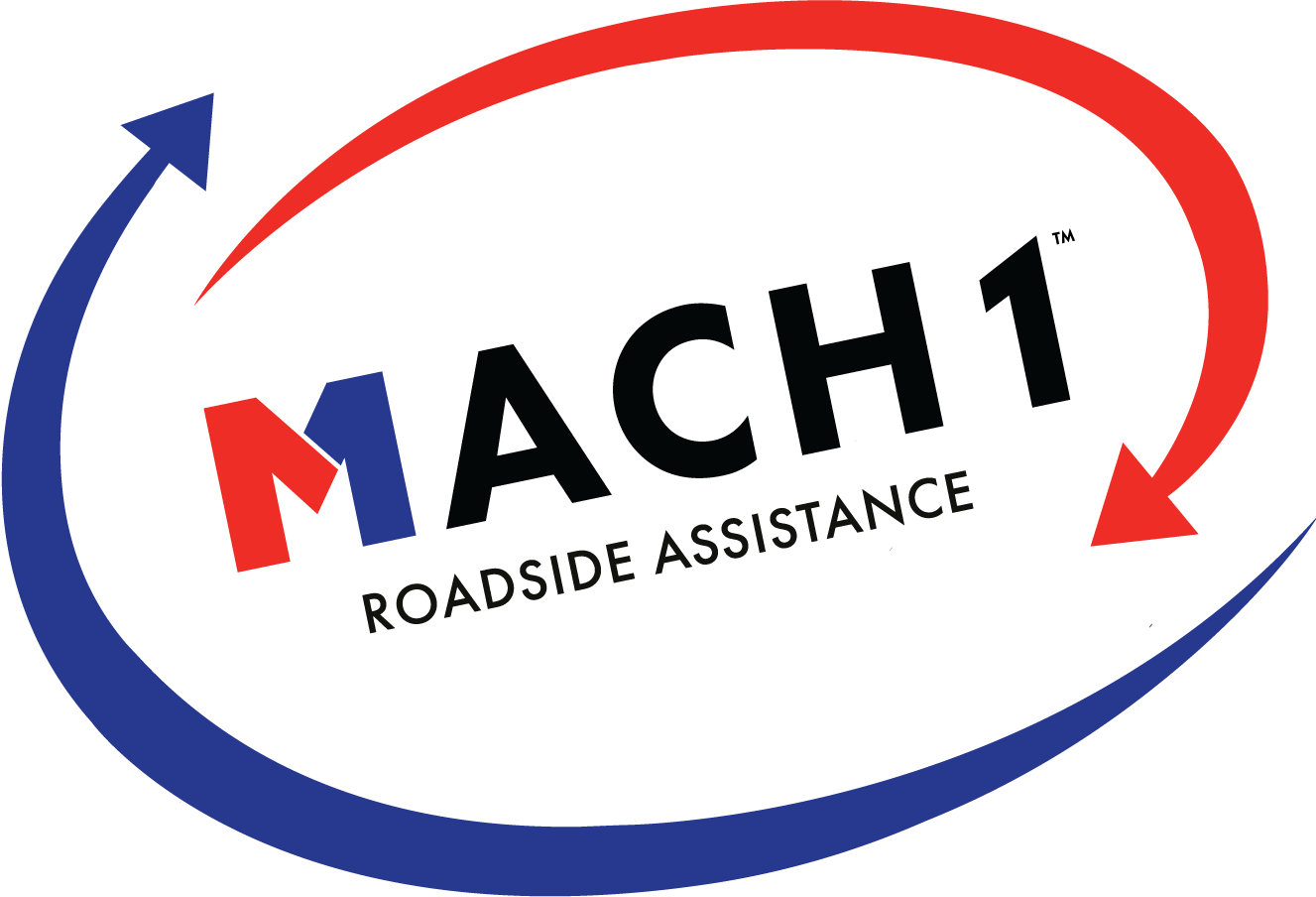
04 Dec The 5 Most Dangerous Winter Passes in the US: Bring Your Tire Chains
Winter driving can be both breathtaking and perilous, especially when traversing some of the United States’ most dangerous mountain passes. These passes offer stunning scenic views but are notorious for their challenging road conditions, particularly during winter. In this article, we’ll explore the five most dangerous winter passes in the U.S., emphasizing the need for tire chains and other safety precautions.
Winter Weather in the US
Winter in the United States presents a diverse range of weather patterns, varying greatly from one region to another. In many parts of the country, particularly in the northern states and mountainous regions, winter brings heavy snowfall, ice, and sub-zero temperatures. These conditions can create treacherous driving scenarios, especially in mountain passes where the combination of high elevations, steep grades, and severe weather significantly increase the risks. Blizzards, ice storms, and freezing rain are common in these areas, often leading to road closures, reduced visibility, and challenging driving conditions. Understanding and preparing for these winter weather conditions is essential for safe travel.
Things to Consider Before Crossing a Pass During Winter
Before embarking on a journey across a winter pass, several factors should be considered to ensure safety:
- Weather Forecast: Always check the local weather forecast for the pass and surrounding areas. Be prepared for sudden changes in weather, as mountainous regions can experience rapid shifts in conditions.
- Vehicle Preparation: Ensure your vehicle is winter-ready. This includes checking the battery, antifreeze levels, heater, defroster, brakes, and lights. Also, ensure your tires are suitable for winter conditions.
- Emergency Kit: Carry a winter emergency kit in your vehicle, which should include items like a shovel, windshield scraper, flashlight, blankets, extra clothing, water, and non-perishable snacks.
- Route Planning: Be aware of the route and alternative paths. Some passes may have road closures or restrictions during severe weather.
- Communication: Inform someone about your travel plans and expected arrival time. It’s also wise to carry a charged cellphone and a portable charger.
AWD & 4WD vs 2WD in the Winter
The type of vehicle drive system – All-Wheel Drive (AWD), Four-Wheel Drive (4WD), or Two-Wheel Drive (2WD) – plays a significant role in handling winter driving conditions.
- AWD and 4WD: Both AWD and 4WD provide power to all four wheels, which can improve traction in snowy or icy conditions. These systems are especially beneficial in areas with steep inclines and rugged terrain. AWD operates on all four wheels continuously, while 4WD can be turned on and off. Both systems can provide a significant advantage in maintaining control on slippery roads.
- 2WD: Vehicles with 2WD, whether front-wheel (FWD) or rear-wheel drive (RWD), generally have less traction in comparison to AWD and 4WD systems. FWD is typically better than RWD in snow as the weight of the engine is over the front wheels, which can aid in traction. However, 2WD vehicles can still be equipped for winter conditions with the right winter tires and by using tire chains when necessary.
- Tire Chains: Regardless of the drive system, tire chains can be a crucial addition for safe driving in severe winter conditions. They provide the extra grip needed to navigate through heavy snow and ice, particularly in mountain passes where the risk of sliding is greater.
Winter driving, especially through mountain passes, demands respect and preparation. By understanding the challenges posed by winter weather, ensuring your vehicle is properly equipped, and being aware of the differences in vehicle capabilities, you can significantly reduce the risks associated with winter driving. Remember, safety is paramount, and it’s always better to err on the side of caution when dealing with unpredictable winter weather.
The 5 Most Dangerous Winter Passes in the US
1. Donner Pass, California
- Elevation: Approximately 7,057 feet.
- Snowfall: Heavy, frequent snowfall during winter months.
- Dangerous Features: Steep grades, sharp turns, and often icy conditions make Donner Pass a challenging drive. The area is known for severe winter storms.
- Scenic Views: Offers breathtaking views of the Sierra Nevada mountains.
- Website: Donner Pass Information
2. Vail Pass, Colorado
- Elevation: About 10,662 feet.
- Snowfall: Vail Pass experiences heavy snowfall, with snowstorms common in winter.
- Dangerous Features: High elevation, steep grades, and sudden weather changes contribute to its hazardous conditions.
- Scenic Views: The pass provides stunning views of the Rocky Mountains.
- Website: Vail Pass Info
3. Teton Pass, Wyoming
- Elevation: Around 8,431 feet.
- Snowfall: Known for heavy snowfall and frequent avalanches.
- Dangerous Features: Features steep 10% grades and sharp switchbacks.
- Scenic Views: Offers panoramic views of the Teton Mountain Range.
- Website: Teton Pass Information
4. Snoqualmie Pass, Washington
- Elevation: Approximately 3,022 feet.
- Snowfall: Regular snowfall, particularly heavy from November to February.
- Dangerous Features: Narrow lanes and sharp curves, prone to closures due to avalanches.
- Scenic Views: Provides views of the Cascade Range.
- Website: Snoqualmie Pass Info
5. Loveland Pass, Colorado
- Elevation: Roughly 11,990 feet.
- Snowfall: Consistent snowfall in winter months, often heavy.
- Dangerous Features: High altitude, winding roads, and sudden weather shifts.
- Scenic Views: Offers spectacular views of the Continental Divide.
- Website: Loveland Pass Information
The Importance of Tire Chains
Tire chains are essential for safe winter driving in these treacherous passes. They provide the necessary traction to navigate through snow and ice, reducing the risk of skidding and accidents. It’s crucial to have a set of well-fitting tire chains in your vehicle when embarking on a journey through these areas.
5 Simple Steps to Putting on Tire Chains
Step 1: Lay Out the Chains
- Before you start, make sure your vehicle is parked safely. Lay the chains out flat on the ground to untangle them and check for any damaged links.
Step 2: Drape Over Tires
- Place the chains over the top of the tires, ensuring they’re centered. The ends of the chains should be on the ground on either side of the tire.
Step 3: Fasten the Chains
- Reach behind the tire and connect the chain’s ends. Do the same on the front side of the tire. Make sure the chains are snug.
Step 4: Drive Forward Slightly
- Move your vehicle forward a few feet to expose the part of the tires that were resting on the ground.
Step 5: Secure and Tighten
- Secure the chains on the newly exposed portions of the tires. Make sure the chains are tight and secure. After driving a short distance, check and retighten the chains if necessary.
Conclusion: The Importance of Roadside Assistance
Navigating through these winter passes, even with tire chains, can be unpredictable. Roadside assistance becomes an invaluable asset in these situations. Services like Mach1Services.com offer the necessary support and peace of mind for drivers facing the challenges of winter driving in these hazardous areas. Whether it’s for a flat tire, towing, or other emergencies, having a reliable roadside assistance service can be a lifesaver in the challenging conditions of the U.S.’s most dangerous winter passes. Stay prepared, stay safe, and enjoy the breathtaking beauty of these winter wonderlands with the right precautions.
